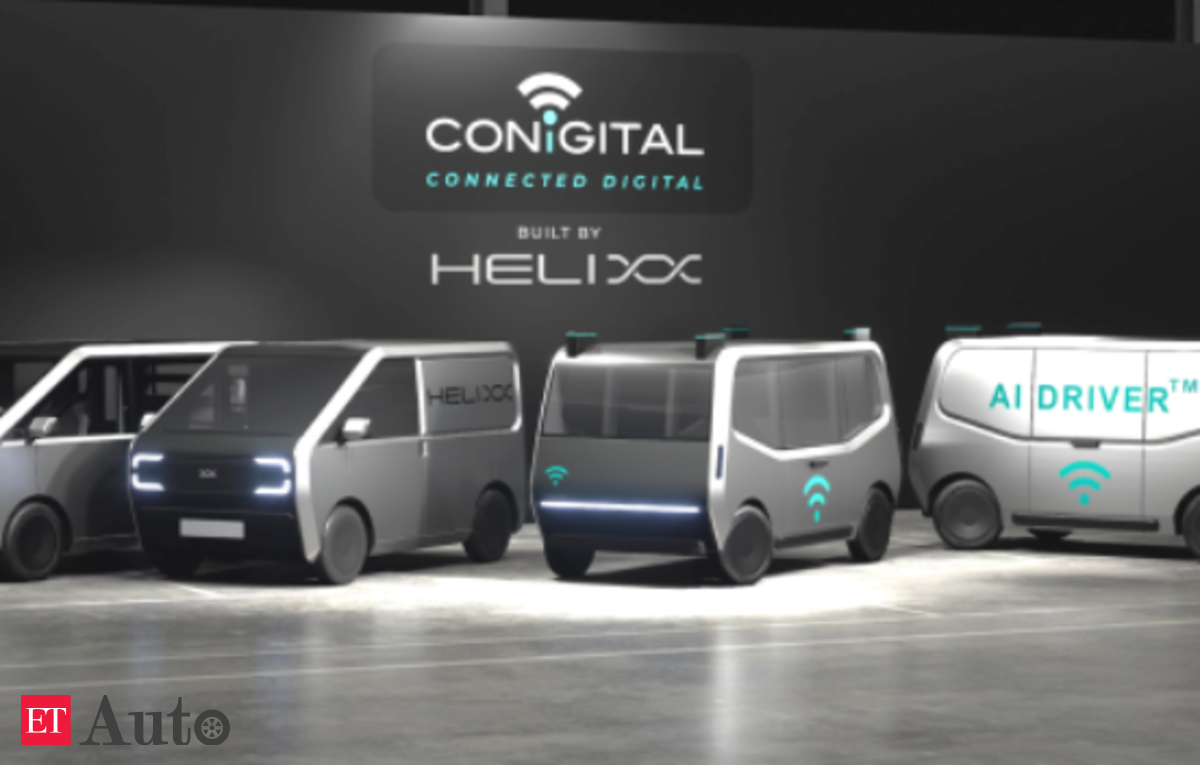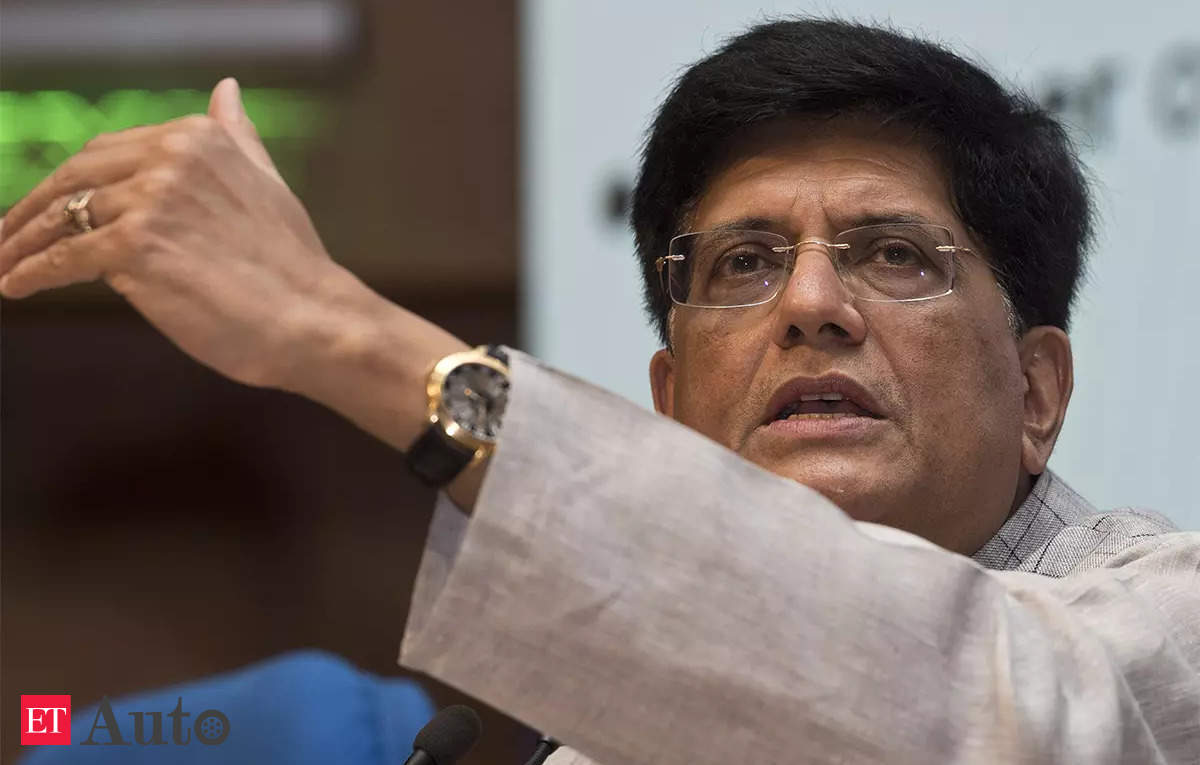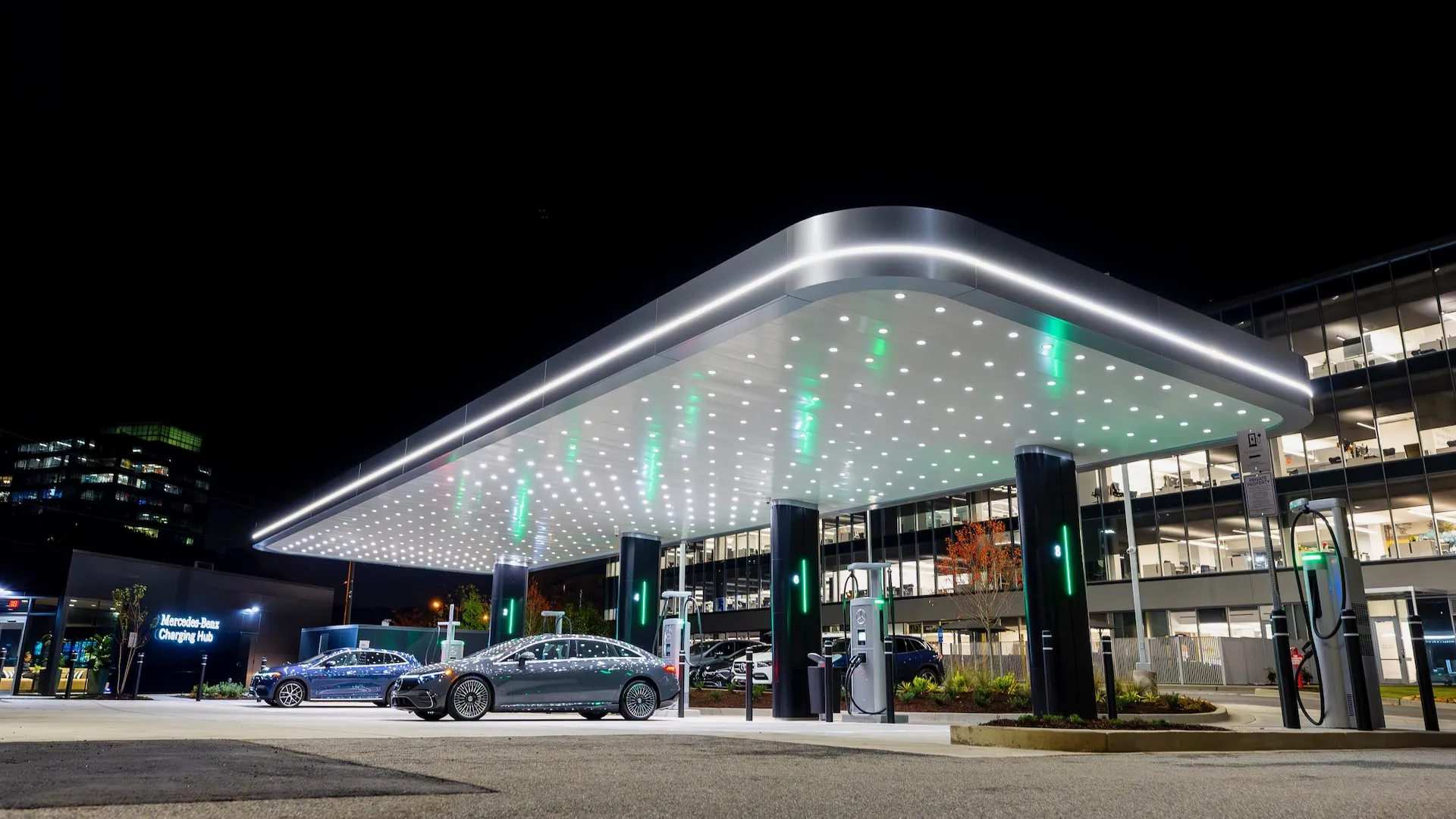Some folks find error alerts in the car’s screen or instrumental cluster when driving on the road. It happens due to many reasons.
This occurs due to dirty or damaged radar (sensor), blind or broken front camera, front camera not fully calibrated, software bugs, and so on. To fix it, clean/change the radar (sensor) or front camera. Or, calibrate the front camera, install the new software, and so on.
In this guide, I’ll break down the possible reasons behind this error alert and give the perfect solution so you can resolve it yourself. Let’s Begin!
7 Reasons for Tesla Cruise Control Unavailable!
Once you see the Tesla Model S, Y, X, and 3 cruise control unavailable error alert on the car’s screen or instrumental cluster, find out the possible causes. Here are some of them:

Cause #1: Dirt in the Radar or Sensor
Tesla Model 3 cruise control unavailable (or other series) issue can occur when the front radar or sensor has lost visibility due to snow, ice, dirt, and, so on. In that case, your car’s screen or dashboard will show an APP_w221 error alert. To fix it, clean the radar or sensor (if equipped).
Cause #2: Blinded Front Camera
In case the screen sends the APP_w222 Tesla cruise control unavailable on Model Y, S, X, and 3 cars, it happens as the front triple camera is blocked. Here are some ways the front camera can get blind:
- Debris covering the surface.
- Harsh climate like storms, rain, snow, and so on.
- Glare or bright lighting coming from the upcoming car.
- Condensation or mist on the surface.
Cause #3: Camera Not Calibrated Fully
Another reason why the cruise control not working is due to the camera on your car isn’t calibrated properly. In this situation, your car’s screen or dashboard will show an APP_w224 alert. To fix it, just calibrate the camera in the right way.
Cause #4: Bad Radar or Sensor
If your Tesla cruise control is disabled, it indicates the car’s radar or sensor failed. In that case, you’ll need to change the radar or sensor via the Tesla Service Center or yourself.
Cause #5: Software Glitch
One reason why your Tesla’s cruise control not working can be because of the car’s software bugs. Sometimes, the car might show some signs that there are issues with the program. To make it work again, you can try turning off the car and then updating the new software.
Cause #6: Damaged Front Camera
The culprit can be the faulty front camera that is causing the cruise control to not work normally. In that case, you’ll see a black screen when seeing the camera view from the forward. Just replace the front camera to fix this issue.
Cause #7: Other Reasons
If your screen shows a Tesla cruise control unavailable DI_a175 alert, it can mean either human fault or limited visibility. Here are some of the indications of this error alert:
- Turned off cruise control in Model 3, Y, S, and X.
- Press the brake pedal.
- Click the right scroll wheel on the steering wheel or yoke.
- Gear shift to Reverse, Park, or Neutral.
- Unbuckle the seatbelt.
- Open the car’s front trunk, door, or rear trunk.
- Your car is driving less than 18 MPH or 30 km/h (minimum speed).
- Automatic Emergency Braking has occurred.
- Your car is driving higher than 90 MPH or 150 km/h (maximum speed).
- Valet Mode is turned on.
How To Fix Tesla Cruise Control Unavailable?
After knowing the reasons of Tesla cruise control is not available issues, let me show you exactly how you can fix it:
Fix #1: Remove Obstacles from Front Bumper
As soon as the screen shows the error message, check the front bumper part whether it contains any obstacles nearby.
For example, if you add a sticker, mud, or any gadget near the sensor or radar area, it may block or restrict it. So, ensure to remove any sort of obstacles.
Fix #2: Clean the Front Camera
This issue is for a short while as it will clear up on its own. However, if the alert still remains on the screen, then check if the front camera (located at the top-center) of the windshield is dirty from the outside or not. If yes, clean it with a dry microfiber cloth.
After that, look at the same camera surface to find mist, fog, dirt, and so on. If it has these obstacles, then ensure to clean the front camera like this if it contains dirt inside.
Next, you should preheat the cabin by turning on the Climate Control Settings via the car’s screen (or click Climate > Turn On via mobile app) and set the temperature to High and A/C turned ON. Also, turn on the front windshield defrost.
Fix #3: Calibrate Camera Fully
You’ll need to clear the calibration and then start the calibration. To do that, go to Controls > Service > Camera Calibration > Clear Calibration. Then, the car will again do the calibration process.
After that, the screen will shift and that’s when you need to drive your car for 20 – 25 miles (30 – 40 km) at low speed.
For the best result, ensure to drive in the center of the lane marking when it’s clear and visible. It usually takes no more than 30 minutes.
Fix #4: Change Radar or Sensor
Firstly, you’ll need to open the frunk using the mobile app or the car’s screen. Then, lift the hood and take out the top panel cover. After that, take out the plastic trim on the front edge and unplug the wiring harness.
Now, detach all the bolts with the appropriate tool around the storage panel and plastic trim panel over the top panel so you can see the bolts in the front bumper. Next, unbolt the 10 bolts that hold the front bumper’s upper part.
At this point, you’ll need to Power Off the car (Controls > Safety > Power Off) and then insert the jack pads underneath before jacking them up.
After that, you’ll need to remove the front tires by taking out the wheel covers, locknuts, and so on using the locknut wrench. Then, take out the bolt clips that hold the front bumper’s corner using the flat screwdriver.
Now, uncover the fabric pieces on both sides and then remove the bolts that are holding the bumper interior surface. Then, get under the car and you’ll see a couple of bolts. Afterward, detach the bolts using the right tool.
Next, remove the front bumper and then unplug the wiring harness plug that is attached to the bumper. After that, you’ll find the radar and detach it before inserting a new one. Then, reinstall all the parts.
Fix #5: Power Off and Update the Software
- Power Off the Car: Go to Controls > Safety > Power Off and then wait for 2 – 3 minutes inside the car. Then, hit the brake pedal to wake it up.
- Update Latest Software Via the Car’s Screen: In the car’s screen, turn on the Wi-Fi and then hit Controls > Software > Update Available > Software Update. Next, let it download completely.
- Download New Software Via Mobile App: Open the Tesla App on your device and click on Software Update > Install or Yes. Then, wait for it to complete updating the software.
Be sure to try the 2-button reset trick as this can resolve the issue related to the software.
Fix #6: Change Front Camera
To start with, use the pry bar to take out the plastic trim housing behind the rear-view mirror. Next, you’ll need to take a torx screwdriver to detach the single torx screw (right below the front camera) that hold the rear-view mirror. Ensure to unplug the white wire from the mirror.
After that, use the same pry bar to detach the plastic trim panel behind the front camera and keep it aside. Then, press the left and right clip sides using your finger to take out the front camera safely. In this step, it may need some force.
Then, unbolt all the tiny screws that hold the front triple camera and its assembly. Next, take it out and insert a new one. Afterward, reinstall all the parts.
Note that the procedure may be different in the older Tesla cars.
Fix #7: Other Solutions
To solve this issue, you’ll need to take control of the steering wheel and then drive manually. Then, engage the Traffic-Aware Cruise Control by hitting the right scroll wheel and then releasing the accelerator pedal. Then, do the following instructions:
- Do not press the brake pedal, hit the right scroll wheel, or change gear to Reverse, Park, or Neutral.
- Avoid buckling the seatbelts, opening the frunk, door, or rear trunk, and activating the Valet Mode.
- Maintain a stable driving speed between 18 – 90 MPH (30 – 150 km/h).
- If needed, disable Automatic Emergency Braking (Controls > Autopilot > Automatic Emergency Braking).
You can continue driving your car even if the screen shows this error code.
Ending Notes
It’s simple to clear out the Tesla cruise control unavailable error alert by trying the above fixes based on the causes.
If the above direction seems unclear or confusing, then don’t take the risk and seek help from an expert. Hope this guide helps!
Now, if you are wondering what’s the exact Tesla Autopilot speed limit, then check this informative guide. Start Reading!










